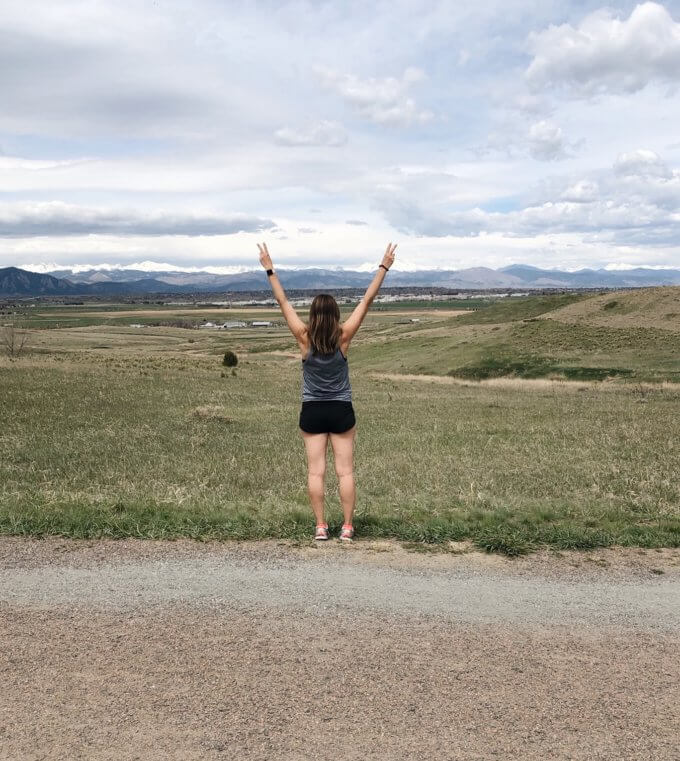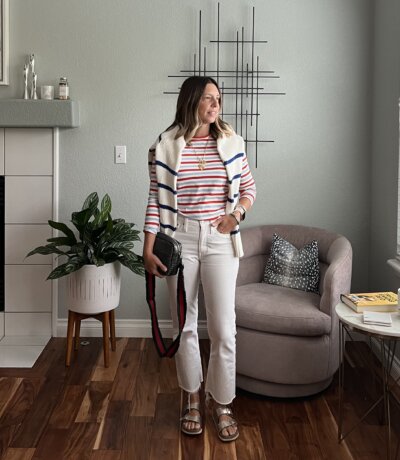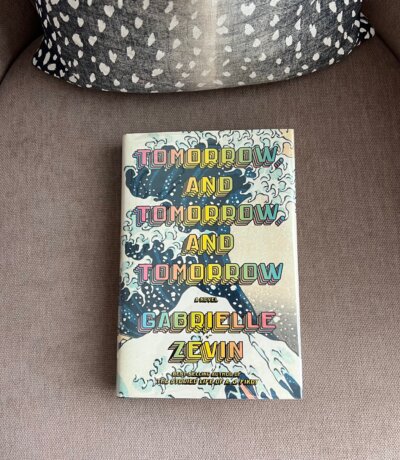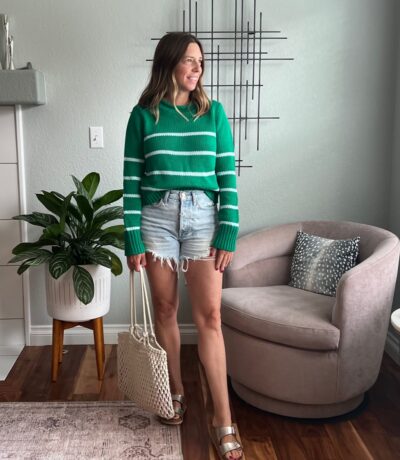
It took three years after my daughter’s birth to decide what to do about my massive fibroid. Ultimately, I made the decision to have a partial hysterectomy. In today’s post, I’m sharing how I came to make that decision. I’ll also be sharing my experience with surgery and recovery in subsequent posts. My goal with these posts is to share my experience. When I was trying to decide what to do, I scoured the internet for personal stories.
I am not a doctor, health professional or medical expert. Take this post for what it is – my experience.
Background
My fibroid journey started in 2012 after I froze my eggs. That was the first time I’d heard that I had a fibroid. I really had no idea what a fibroid was or if I should be concerned about it. The fertility doctor that I saw when freezing my eggs almost offhandedly asked if I knew I had a fibroid.
After I finished egg freezing, I thought I better get it checked out. The first doctor I saw for a consultation recommended that I have it removed. The recovery would be 2-4 weeks. At the time, I was training for a marathon. The idea of taking multiple weeks off of work and running just wasn’t feasible.
The fibroid didn’t really bother me, so I promptly forgot about it until I got pregnant in the summer of 2014. Due to the increased hormones associated with pregnancy, within weeks my fibroid grew rapidly. Along with my age, I was categorized as a high risk pregnancy because of the size of my fibroid.
With both of my pregnancies, the fibroid grew to the size of a football. After giving birth and breastfeeding, it shrunk to a more manageable size of approximately 10cm x 8cm x 4cm.
Symptoms
The impact of a large fibroid was most physically apparent by the size of my uterus post-pregnancies. A few months before surgery, the size of my uterus was equal to that of someone 20 weeks pregnant. Partially because of genetics and two large pregnancies within 18 months of each other, my skin was too stretched out to “hide” my fibroid. I always looked pregnant. I learned to hide it with high waisted jeans and flowy tops, but I never felt comfortable in a swimsuit or certain clothing.
Besides the physical side effect, I had such heavy periods that it impacted my ability to work out or even feel comfortable leaving the house. I would regularly bleed through a super plus tampon and pad hourly. Next to looking pregnant, this was the most annoying part of having a fibroid.
I also felt like I had to pee so much. Whenever we would get somewhere (Target, Whole Foods, etc,), I would tell the kids I needed to use the restroom before shopping. My son started asking why I always needed to pee! It’s embarrassing to admit, but I also peed my pants almost once a day. I just couldn’t hold it with that large fibroid sitting on top of my bladder.
After pregnancies, I had a hemorrhoid that bothered me unless I was strictly following a Whole30 diet. This was also likely related to the fibroid. Spoiler alert – after my hysterectomy I haven’t had any problems with it!
Why I Decided to Have a Hysterectomy
To deal with a fibroid, there are typically four options: 1) take a drug to try to shrink the fibroid, 2) cut off blood supply to the fibroid (hopefully) causing them to shrink and die, 3) myomectomy to remove only the fibroid, or 4) hysterectomy to remove the fibroid and uterus.
I quickly ruled out the first two options because I didn’t want to take unnecessary medications and the risk of the fibroid returning was too high for my comfort level. That left me with two surgical options – a myomectomy to remove only the fibroid or a hysterectomy to remove the fibroid and uterus, which would ensure a new fibroid wouldn’t grow.
Although at 43 I was almost certain I didn’t want to have another child and had had a tubal ligation after my daughter’s birth, I still had my frozen eggs and could have carried another child. It took me months to become comfortable with a hysterectomy and saying goodbye to any thoughts of having another child.
Below are the 3 biggest factors that helped me come to this realization.
- Because of the size and location of my fibroid, I may have had so much scar tissue from a myomectomy that a pregnancy wouldn’t have been possible.
- Also because of the size and location of my fibroid, the size of my uterus post-myomectomy may have been too small to carry a pregnancy.
- Even though I have 15 frozen eggs, the likelihood of them surviving thawing, forming an embryo and successful implantation was quite small. And that was all on the very, very small chance we’d decide we wanted another child.
I consulted with two surgeons prior to making my decision. Both recommended a hysterectomy if I was finished having children.
One action that I took that was very important in making my decision was to get a second opinion. I asked another member of a network I belong to that I knew lived nearby for a recommendation. I made an appointment and immediately felt so at ease with the doctor. I felt comfortable asking any question. This surgeon also thought she’d be able to do the hysterectomy laparoscopically, which would be less invasive. So use your network and get a second opinion!
It was after I made the decision and scheduled surgery, but Jim’s sister-in-law shared that her sister had a hysterectomy earlier in the year and offered to connect us. She was very helpful in reassuring me that it was the right choice for me.
While it took me months to make the decision to have a hysterectomy, once it was made I never really looked back and second guessed it. Next week I’ll share my experience with the actual surgery.


